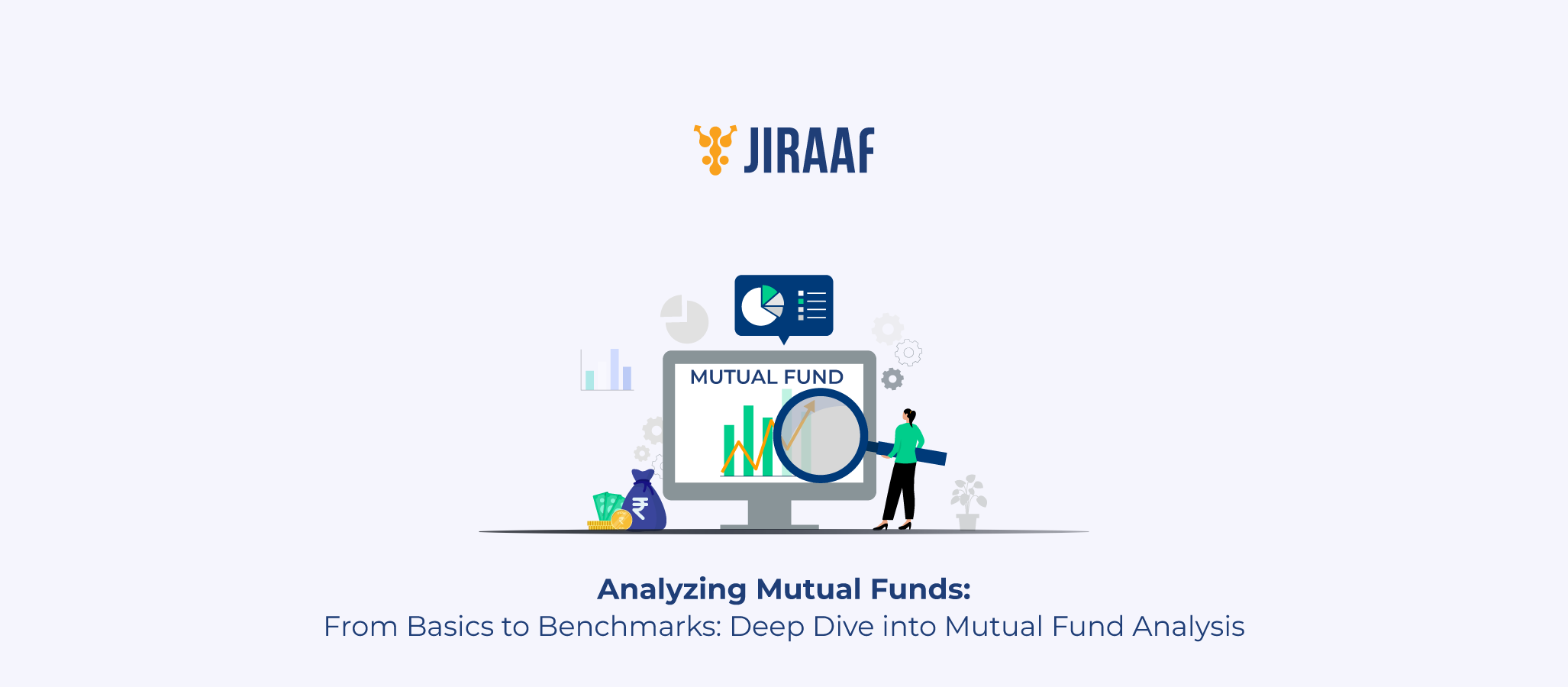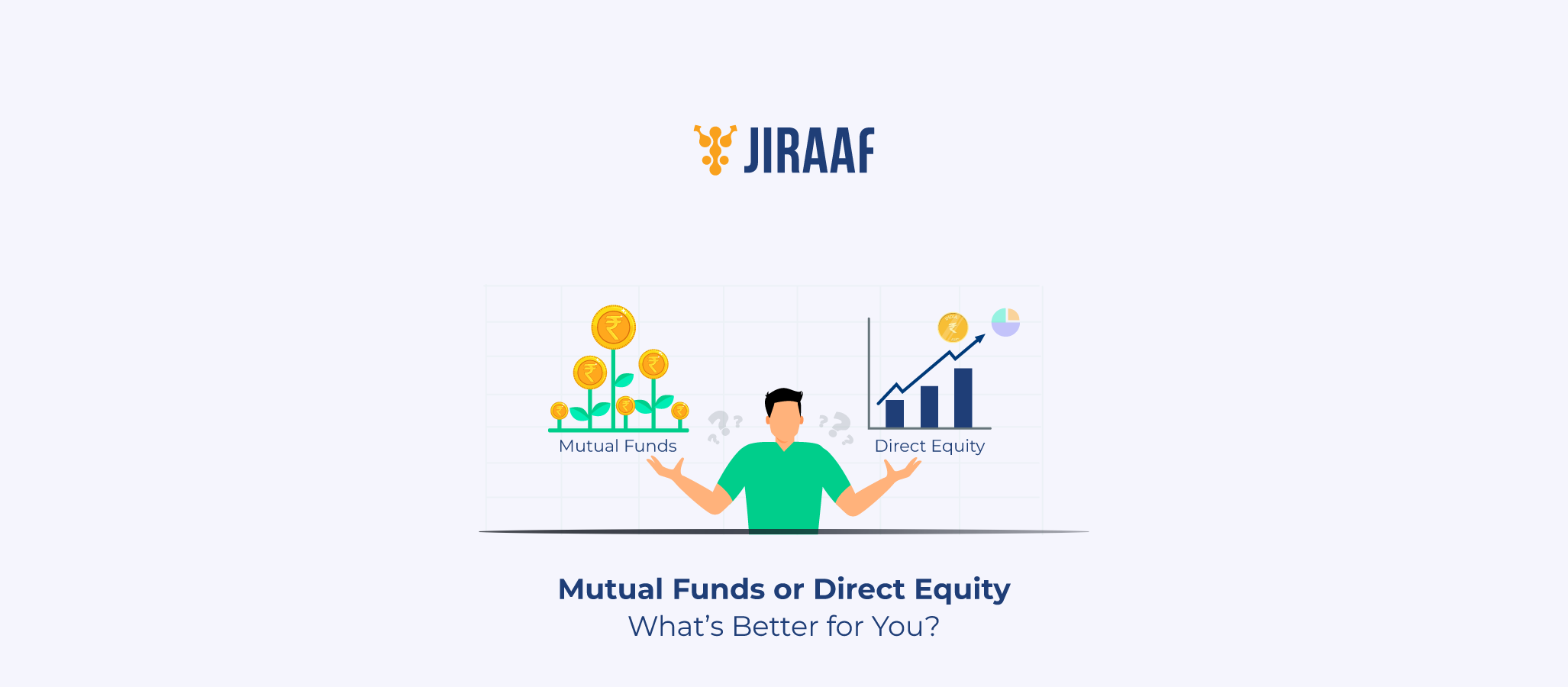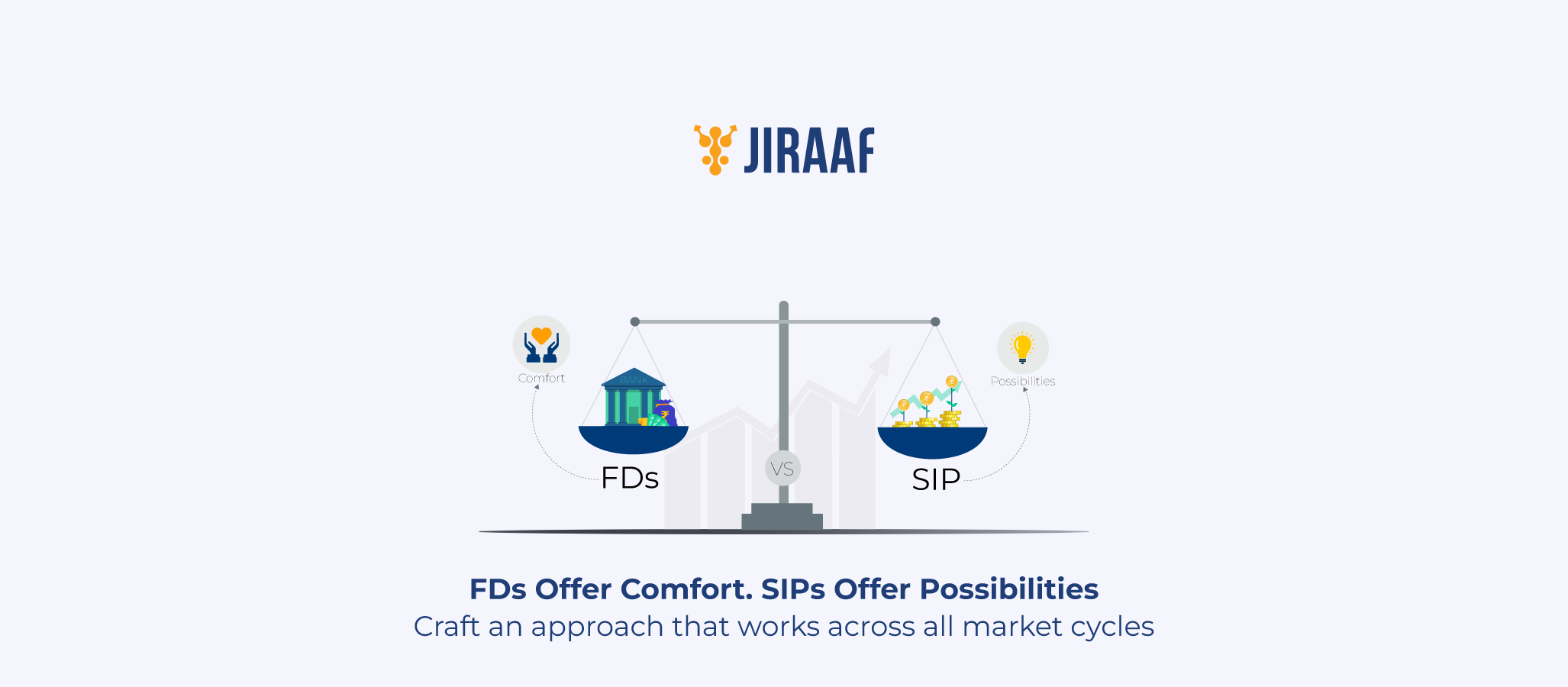Mutual funds have become go-to asset class for retails investors over the last decade. The MF industry has witnessed a massive growth especially post covid pandemic. The MF assets under management (AUM) has seen a three-fold increase from ₹24.55 trillion in May 2020 to ₹ 72.20 trillion in May 2025. SBI Funds Management, ICICI Prudential AMC, HDFC AMC and Kotak Mahindra AMC are some of the leading MF asset management companies (AMCs) managing assets over ₹32,00,000 crore combined.
Why Mutual Fund Analysis Matters?
With a growing number of retail investors, particularly salaried professionals, turning to mutual funds in pursuit of financial growth, it is essential that they develop a clear understanding of mutual funds as an asset class before making investment decisions driven by market sentiment. As highlighted in all financial product disclosures, every asset class carries inherent risks and may expose investors to potential vulnerabilities.
It is therefore paramount that investors learn to analyse mutual funds before investing in any of the MF schemes. Mr. Warren Buffet once said that investors must be fearful when others are greedy and greedy only when others are fearful. When to be greedy or fearful can only be determined with thorough understanding of the financial markets. Going with the trend often leads to investors losing money and many such incidents have taken place in the past.
How to Analyse Mutual Fund Schemes Before Investing?
The Scheme Objective
Each mutual fund scheme is designed with a specific investment objective and is permitted to invest in a defined set of companies. For instance, an index fund typically mirrors the composition of benchmark indices like the Nifty 50 or Sensex, an IT fund focuses on stocks of companies within the information technology sector, while a mid-cap fund targets investments in mid-cap companies. These objectives and investment strategies are clearly outlined in the scheme’s offer document.
It is therefore crucial for investors to evaluate where a fund manager intends to allocate the capital collected from investors. A single Asset Management Company (AMC) may offer multiple schemes, each with distinct objectives and managed by different fund managers. Investors must carefully assess and select schemes that align with their financial goals and risk appetite.
Comparison With Benchmark
There needs to be measuring scale for performance of any investment made, whether in debt or equity. In case of mutual funds, every MF scheme has a benchmark against which the performance of the fund is tracked. Investors must analyse and always invest in mutual fund schemes that surpass the returns of the benchmark consistently in the long term. The difference between the MF scheme returns and benchmark returns is known as “alpha”. The higher alpha over long term means the MF scheme has consistently performed better than the benchmark and is able to generate higher returns for investors.
The Asset Management Company
Conducting thorough due diligence on the Asset Management Company (AMC) is essential before investing in any mutual fund scheme it offers. For retail investors, publicly available information can be a reliable resource to evaluate the AMC’s market reputation, the credibility of its fund managers, and the experience of its executive leadership. Key factors to consider include the AMC’s track record, its vintage, the total assets under management, and the historical performance of its schemes.
Investors should also review any regulatory investigations or inquiries involving the AMC and consider the outcomes of such proceedings, as these can provide critical insights into the company’s governance and compliance standards.
Ultimately, selecting the right AMC plays a significant role in the potential performance of a mutual fund scheme. Investors must invest adequate time in understanding the AMC’s operational approach and the expertise of the professionals managing their investments.
Fund Vs. Peers
Comparing returns of mutual fund schemes in similar categories across various AMC forms an important part of analyses. Comparing fundamentally different schemes with one another will not deliver meaningful insights. For example, comparing a comparing a small-cap mutual fund with a large-cap or index fund will not be a right comparison as the schemes differ significantly in terms of risk profiles, return expectations and investment strategies
This is akin to comparing apples to oranges each fruit has its own characteristics, shape, texture and taste. Comparing two different fruits to won’t help assess which is better. Likewise, in mutual funds, comparing funds within the same category – such as two large-cap equity funds or two short-term debt funds – allows a fair assessment based on performance, risk-adjusted returns, fund manager track record, expense ratio, and other relevant metrics. Only then can investors make an informed choice about which fund may be better suited for your investment goals.
Expense Ratio
Expense Ratio is a fee charged by the AMC to manage investors’ funds. Expense ratio covers administrative costs fund management and other operating costs. The larger the asset base, the lower the expense ratio tends to be, assuming total costs remain unchanged and conversely, a smaller asset base typically results in a higher ratio. Investors must compare expense ratio across similar funds to ascertain if the expenses being charged are in line with the peers.
Risk Assessment
Before investing in any financial instrument, whether it be direct equities, bonds, mutual funds, Alternative Investment Funds (AIFs), or others, it is essential for investors to first assess their individual risk appetite. This self-evaluation helps determine whether one should pursue high-risk, high-return opportunities or opt for more stable, lower-risk investments.
For instance, small-cap equities and mutual funds tend to exhibit higher volatility and are more sensitive to market cycles compared to large-cap counterparts. Therefore, risk-averse investors should avoid allocating capital to such high-risk instruments solely in pursuit of higher returns. The foundational principle of investing – higher risk, higher potential return – remains applicable across asset classes.
While low-risk investments may not generate extraordinary returns in the short term, they are more likely to offer consistent and stable performance over longer time horizons, aligning better with conservative investment goals.
Fund Manager’s Profile
An investor in a MF scheme is essentially trusting a fund manager with managing funds carefully and generate returns in the long run. It is thus imperative to weigh the capability of the fund manager of the MF scheme as well. The professional qualifications, industry experience, other funds managed and tenure with the AMC are some of the important aspects about the fund manager that investors need assess.
Market and Economic Cycles
Mutual fund performance is closely tied to broader economic and market cycles. Factors such as interest rates, inflation, GDP growth, and global events can significantly impact different sectors and asset classes. For example, equity funds may perform well during economic expansion but face volatility during downturns. Similarly, debt funds may be sensitive to interest rate movements. Recognizing these cycles helps investors understand potential risks and opportunities. Staying updated on economic indicators and market trends allows for more informed, timely decisions and better alignment of mutual fund choices with one’s financial goals and risk tolerance.
Tools Available for Mutual Fund Analyses
Investors can leverage mutual fund screeners available on various platforms to evaluate and compare fund performance across key parameters such as returns, risk ratios, expense ratios, and portfolio composition. These tools provide a consolidated view, enabling informed decision-making. Additionally, credit rating agencies like CRISIL, ICRA, and S&P publish regular research reports and rankings that offer deeper insights into fund performance, consistency, and risk-adjusted returns. Such independent evaluations also help assess fund manager effectiveness and industry trends. Combining screener tools with credible third-party analysis allows investors to make well-researched choices aligned with their financial goals and risk profiles.
Conclusion
Financial markets seem interesting to look at but is driven by various factors. Understanding these factors and evaluating investment options play a vital role in shaping investment decision. Conducting a proper due diligence before investing in mutual funds is an extremely important part of the investment process that helps mitigate risks associated with such investments. Staying informed about market trends, economic cycles, and the broader financial landscape plays a crucial role in transforming a novice investor into a knowledgeable and confident one.
Discover fixed income investments with Jiraaf, a SEBI registered online bonds platform that educates and brings access to a wide array of bonds. Sign up today to explore diversified fixed income investment opportunities to support your goal-based wealth creation journey. Start investing!



